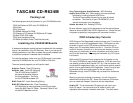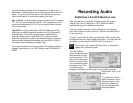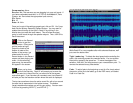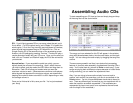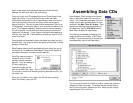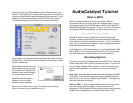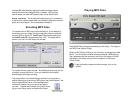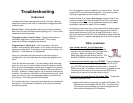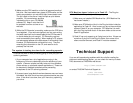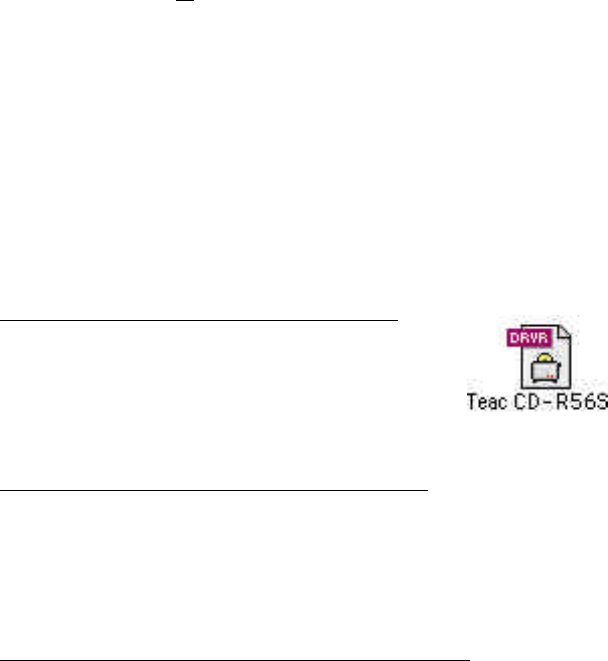
Troubleshooting
Underruns
Let’s start with a basic understanding of what’s involved. Here are
some basic terms you will need to understand to navigate the world
of data transfer:
Access Time - How long does it take from the time the computer
asks a drive for data until the drive starts spitting it out? This is usually
measured in ms (milliseconds).
Throughput (aka Transfer Rate) - Once the drive finds the
information, how fast can it transmit the data? This is usually
measured in MB/sec (megabytes per second).
Fragmented or Optimized - Is the information on the drive
written in one continuous data stream, or is it broken up into several
pieces around the drive? If the data is in one continuous stream, it is
optimized. If it is broken up, it is fragmented.
Once you understand the previous terms, then we’re ready to
troubleshoot! Let’s first understand the relationship between all of
these.
Think of a disk drive as a book. If you are reading a book from page
one to the end, you can read a certain number of words per minute.
When you read a newspaper, and the story on page B1 is continued
on page B14, you are spending time looking for the continuation of
the story. Suddenly, it takes longer for you to read the same amount
of words. Even worse is a Choose-Your-Own-Adventure book. With
these, you can only read a few paragraphs before you have to find
the next part. This slows you down considerably.
So it is with hard drives. If everything is streamlined, then the data will
flow quickly. If the drive has to search for all the parts continuously,
the data flow suffers.
So, one suggestion may be to optimize your source drive. That will
put each file in one continuous data stream. You can do this with a
multitude of applications, such as Norton Utilities.
Another solution is to create a disc image, which will write (in one
continuous stream)
all
of the information for the CD to a disk drive,
including the directories. This is sometimes necessary for slower
hard disks to operate with faster CD burn speeds.
Of course, one other solution is just to reduce the recording speed
of the CD-Recorder. Some source disks may just be too slow for
higher speed recording (ie Zip, old 44 meg SyQuest, etc). Also, if
you’re just making one quick CD, it may be faster to simply record the
CD at 2x or even 1x, instead of defraging the drive, then burning the
CD at 4x.
Other problems
Jam cannot identify the CD-Recorder
-
There is a file labeled TEAC CD-R56S. This file
must be in the same folder as the Jam application
at boot-up. When Jam starts up, it looks for
these driver files and adds them to their list. This
file MUST REMAIN in the same folder as Jam.
I cannot extract audio from my CD-ROM.
- If you are trying to
extract audio from an audio CD or trying to copy from CD to CD,
your CD-ROM must be capable of these functions. (Not all CD-
ROMs can do that.) If necessary, the 6x24 drive is capable of most
of these types of functions, so you may use the CDR drive to
extract to your hard drive, then burn back to the CD.
The drive is not recording to the blank CDs.
- There could
be several causes for this:
1) Make sure the disc you are using is a regular CDR media. CD-
RW discs are not compatible with this drive. “For Music Only”
CDs may also cause problems, as they are designed for use
with consumer component CD-Recorders.



